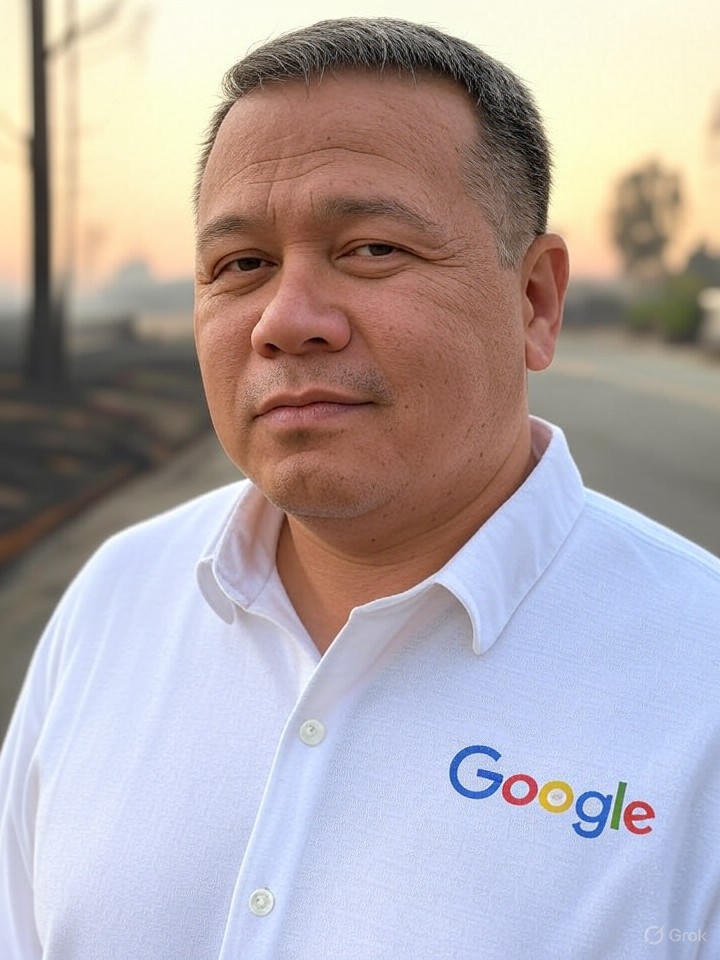In the wake of devastating wildfires that ravaged Los Angeles earlier this year, tech giant Google has stepped up with a targeted initiative to aid small and medium-sized businesses (SMBs) in their recovery efforts. Announced on August 15, 2025, the program focuses on providing resources to help these vital economic drivers rebuild and thrive amid ongoing challenges. According to a post on Google’s official blog, the wildfires in January inflicted severe damage, disrupting operations and livelihoods across the region.
The initiative includes digital tools, training, and financial support aimed at enhancing online presence and operational resilience. Google emphasizes that SMBs form the backbone of LA’s vibrant economy, contributing significantly to local employment and community vitality. This move comes as part of broader efforts to address the aftermath of fires that destroyed thousands of structures, as detailed in reports from the California Department of Forestry and Fire Protection, or CAL FIRE.
Tech Giant’s Role in Disaster Recovery
Google’s support package features free access to Google Workspace tools, advertising credits on Google Ads, and workshops on digital marketing and e-commerce. These resources are designed to help businesses recover lost revenue and adapt to a post-disaster environment. Industry insiders note that such interventions can accelerate recovery by leveraging technology to reconnect with customers and streamline operations.
Recent news highlights the urgency: Just days ago, the King Fire scorched nearly 500 acres in northern Los Angeles County, prompting evacuations and shelter-in-place orders, as reported by the Los Angeles Times. This incident underscores the persistent fire risks in the region, with CAL FIRE’s 2025 incident archive warning of above-normal wildfire activity due to dry conditions and low fuel moisture.
Broader Implications for Business Resilience
Beyond immediate aid, Google’s program integrates AI-driven tools for risk assessment and early warning systems. A post on X from the official Google account last year discussed FireSat satellites for quicker wildfire detection, which could tie into current recovery strategies. This tech-forward approach aims to prevent future disruptions, aligning with announcements from Muon Space on advanced fire-detection technology, as covered by SBCA Communications.
Local businesses have faced compounded challenges, including reduced budgets for fire departments noted in Wikipedia’s entry on the January 2025 Southern California wildfires. The Los Angeles Fire Department reported on the Palisades Fire, which led to evacuations and highlighted the need for robust support networks. Google’s initiative, therefore, fills a critical gap by offering scalable solutions tailored to SMB needs.
Community and Economic Impact
Feedback from affected areas suggests optimism. Posts on X, including one from Ai Tool Hub on August 15, 2025, praised Google’s focus on disaster recovery for SMBs, emphasizing its role in sustaining local economies. Similarly, a tweet by Asif Patel shared the blog announcement, amplifying its reach among tech and business communities.
The program’s rollout coincides with state resources like those on CA.gov, providing information for fire-affected individuals. By combining these efforts, stakeholders hope to foster long-term resilience. Analysts predict that such corporate involvement could set precedents for tech companies in disaster response, potentially influencing policy and investment in vulnerable regions.
Looking Ahead: Innovation Meets Necessity
As Los Angeles continues to grapple with fire seasons exacerbated by climate factors, Google’s commitment extends to collaborative projects. NPR’s coverage of critical fire conditions in January underscored the “extreme fire behavior” driven by high winds and low humidity, conditions that persist into August.
Ultimately, this initiative not only aids immediate recovery but also builds a framework for future preparedness. With over 26,000 structures threatened earlier this year, as mentioned in X posts by users like Dr. Shah, the integration of technology and community support represents a forward-thinking model for urban resilience in fire-prone areas.




 WebProNews is an iEntry Publication
WebProNews is an iEntry Publication